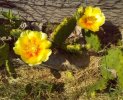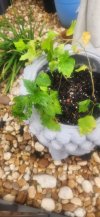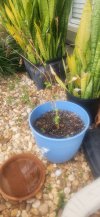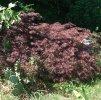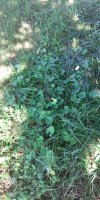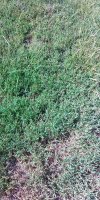Interesting question. There's only one record of Betula in The Tortoise Table (TTT), which is usually the first place I go when looking up tort plants for food. Moderate consumption of the species in this genus should be OK according to what's been observed so far, although it sounds like there is still a knowledge gap there. Scandinavian peoples have been using B. pubescens in foods for centuries. I just purchased some birch tea and have yet to try it.About red maples. I remember that red maples are toxic to tortoises while ordinary maples aren't. What about red birch ((Betula pubescens f. rubra)? Does anyone know whether it is safe, or what makes red maple toxic compared to the regular maple?
Regarding maples in general, TTT wasn't a lot of help beyond mentioning the high sugar content of maple sap. However, their notes specifically on the red maple (Acer rubrum) state that parts of the tree have been observed as being toxic to dogs and livestock, and the identity of the toxin is unknown but has been observed preventing the transport of oxygen in red blood cells. The text in the Plants database I use wasn't extensive, but I did learn that while people have used red maple bark for medicinal purposes, the sap may contain saponins, which can destroy red blood cells. So it may just be the presence of saponins that should give one pause about feeding it to tortoises. I make sure Steve avoids any maple leaves, especially since he has so many other plants that I know are healthy for him.
